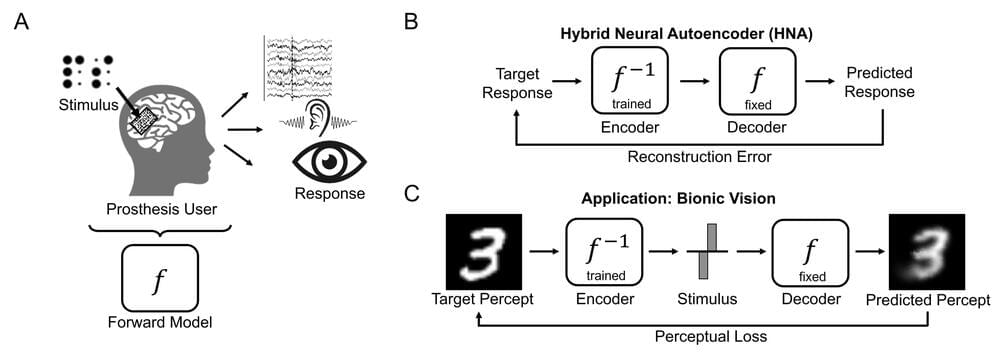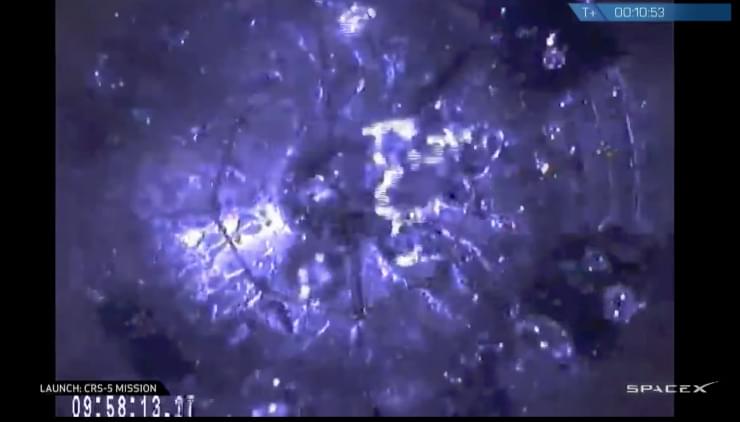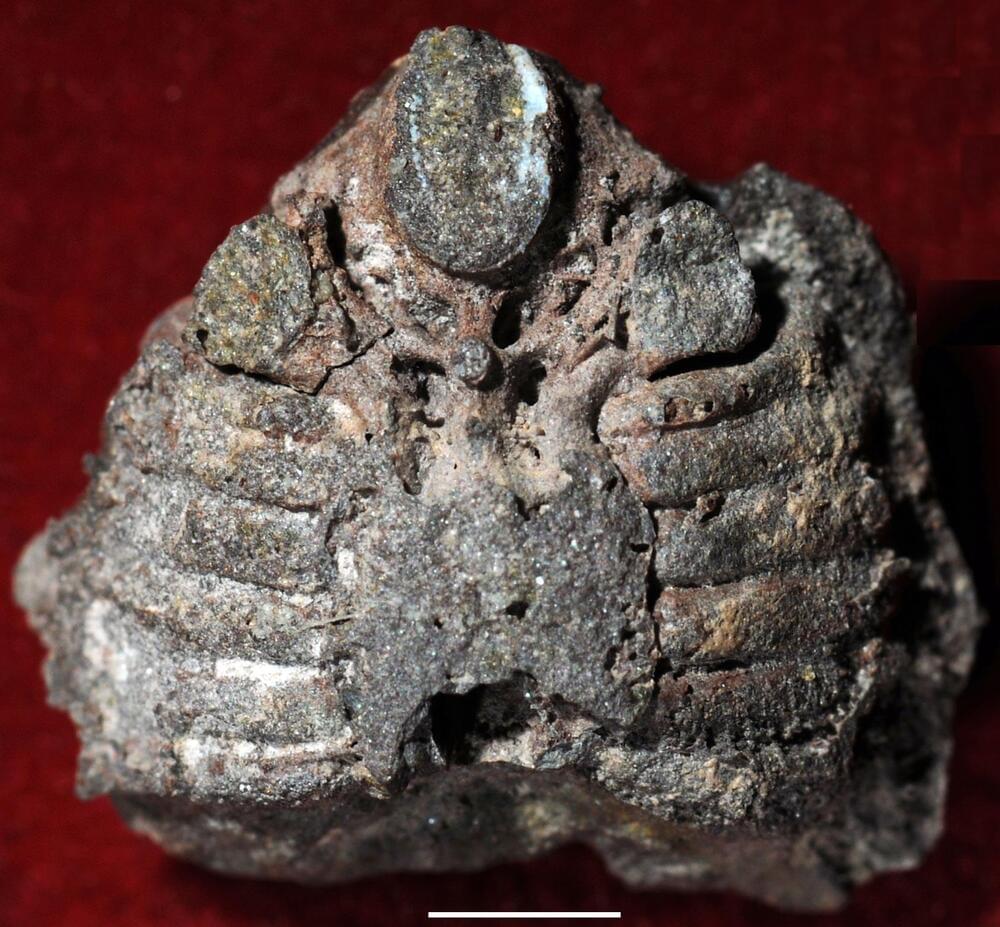Scientists achieve brain to brain communication between humans.
We need to know whether a gathering individual could work together utilizing just their cerebrums.
Scientists achieve brain to brain communication between humans.
We need to know whether a gathering individual could work together utilizing just their cerebrums.

New technologies have the potential to greatly simplify the lives of humans, including those of blind individuals. One of the most promising types of tools designed to assist the blind are visual prostheses.
Visual prostheses are medical devices that can be implanted in the brain. These devices could help to restore vision in people affected by different types of blindness. Despite their huge potential, most existing visual prostheses achieved unimpressive results, as the vision they can produce is extremely rudimentary.
A team of researchers a University of California, Santa Barbara recently developed a machine learning model that could significantly enhance the performance of visual prostheses, as well as other sensory neuroprostheses (i.e., devices aimed at restoring lost sensory functions or augmenting human abilities). The model they developed, presented in a paper pre-published on arXiv, is based on the use of a neural autoencoder, a brain-inspired architecture that can discover specific patterns in data and create representations of them.
According to Big Bang Theory, About 13.7 billion years ago, our entire universe existed as a singularity. It is really Difficult to imagine, how all the matter in the universe and space itself, existed in a form smaller than a subatomic particle.
But here, even more difficult question suddenly arises: What existed before the big bang?
Actually it doesn’t make any sense to ask, what happened before the big bang, as it is believed that time itself did not exist before the big bang!!! Space and time both were created after the big bang.
It is something like asking, what part of earth is north of the north pole. The north Pole is the most northern point on earth and so there is nowhere north of it.
But there is also possibility that something was there before the Big Bang happened
According to the “the big Bounce” theory, our universe is the recycled result of another universe, that dies and.
collapses in on itself. This collapsing universe would come back to a singularity before bouncing back out. It results in the big bang and a brand-new universe is again created.
But there is a problem with the big Bounce theory. Actually according to current observations, our universe is constantly expanding faster than ever before. But the big Bounce theory requires the universe to be contracted so that it can reach at the stage of singularity.
Another Possibility is of the parallel universe. According to this theory our universe is not the only Universe that exists. it is one of many universes in the Grand multiverse.
According to some scientists it may also be possible, our universe is at the other end of a black hole called a white hole.
A White hole has properties just opposite to that of the black hole.
In general relativity, a white hole is a hypothetical region of spacetime which cannot be entered from the outside, although matter and light can escape from it. In this sense it is the reverse of a black hole, which can only be entered from the outside from which matter and light cannot escape. Unlike black holes, white holes spew material into space rather than sucking material in.
All that we have discussed here, are the possibilities, what existed before the big bang. Actually we don’t really know, what really caused the big bang and what was present before it. Was there no space and time before Big Bang is also a mystery.
Visit My blog for more information.
https://www.engineeringmadeeasypro.com/
Please Support me on Patreon.
https://www.patreon.com/user?u=20310205
Like my Facebook Page.
https://www.facebook.com/lalitvas/?ref=aymt_homepage_panel.
Join my Facebook Group.
https://www.facebook.com/groups/1865786296998316/
PLAYLISTS on different Topics (Choose from the Large Collection of Videos)
New models that show how the continents were assembled are providing fresh insights into the history of the Earth and will help provide a better understanding of natural hazards like earthquakes and volcanoes.
“We looked at the current knowledge of the configuration of plate boundary zones and the past construction of the continental crust,” said Dr. Derrick Hasterok, Lecturer, Department of Earth Sciences, University of Adelaide who led the team that produced the new models.
The continents were assembled a few pieces at a time, a bit like a jigsaw, but each time the puzzle was finished it was cut up and reorganized to produce a new picture. Our study helps illuminate the various components so geologists can piece together the previous images.


Little is known about the ancient Mittani people who built the city, largely due to the fact that researchers have not identified the empire’s capital or discovered their archives, Puljiz said. However, certain artifacts unearthed during the latest excavation could help provide insight.
Archaeologists found five ceramic vessels holding over 100 clay cuneiform tablets, dating back to closely after the earthquake event. They are believed to be from the Middle Assyrian period, which lasted from 1,350 to 1,100 BC, and could shed light on the city’s demise and the rise of Assyrian rule in the area, according to a news release.
“It is close to a miracle that cuneiform tablets made of unfired clay survived so many decades under water,” said Peter Pfälzner, professor of near eastern archaeology at University of Tübingen and one of the excavation directors, in a statement.

Dr. Michael Salla
This is the official trailer/short film for the “Time Travel, Temporal Warfare & Our Future” webinar to be held on July 2, 2022. Covers the historical development of time travel technology in Germany and the United States, and how it has been used in a temporal war by different factions of humans and extraterrestrial organizations. Explains how humanity was manipulated through time travel technology, and how that is about to end as we enter a new period in human development due to the arrival of ET Seeder races.

The human middle ear—which houses three tiny, vibrating bones—is key to transporting sound vibrations into the inner ear, where they become nerve impulses that allow us to hear.
Embryonic and fossil evidence proves that the human middle ear evolved from the spiracle of fishes. However, the origin of the vertebrate spiracle has long been an unsolved mystery in vertebrate evolution.
“These fossils provided the first anatomical and fossil evidence for a vertebrate spiracle originating from fish gills.” —
Tricarboxylic acid cycle/kreb cycle/citric acid cycle.
#citricacidcycle #krebs #biochemistry #biology #Cellular #respiration
This Video Explains Tricarboxylic Acid Cycle/Kreb Cycle/Citric Acid Cycle.
Thank You For Watching.
Please Like And Subscribe to Our Channel: https://www.youtube.com/EasyPeasyLearning.
Like Our Facebook Page: https://www.facebook.com/learningeasypeasy/
Join Our Facebook Group: https://www.facebook.com/groups/460057834950033
Support Our Channel: https://www.patreon.com/supereasypeasy